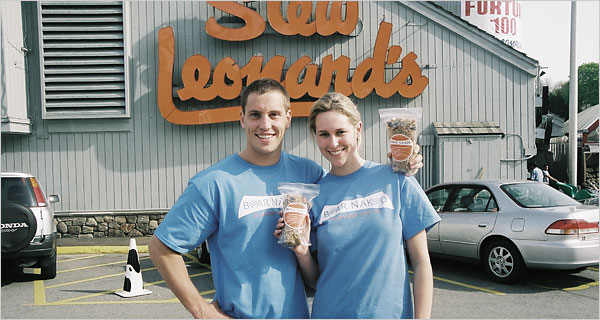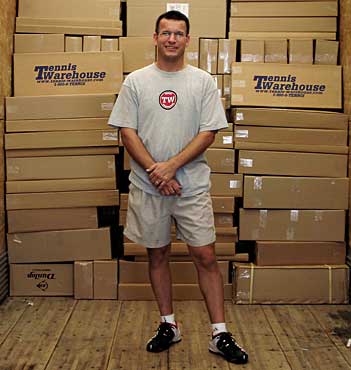While the media may saturate the startup world talking about which startups raised the most venture capital over the weekend, the vast majority of successful startup founders are busy building their businesses, not trying to raise capital.
We call these entrepreneurs “Bootstrappers”. According to Wikipedia, Bootstrapping refers to a self-sustaining process that proceeds without external help. In other words, Bootstrappers build successful businesses without raising venture capital or outside funding.
Bootstrappers often don’t get the media attention they deserve because they don’t make “worth while” news until they have a successful sale of their business or otherwise become too big to ignore.
The 5 entrepreneurs below overcame extreme adversity and defied the odds to entrepreneurship success. Their stories should convince you that they are no different than you or I and they are living proof that “if they can do it, you can do it too.”
5. Brendan Synnott and Kelly Flatley
The founders of Bear Naked Granola staked their claim to the health food market with their all-natural and great tasting granola well before the health food market took off. This young duo, fresh out of college, sacrificed their post-college years to live with their parents and stayed up throughout the nights during their early days to make granola. Their efforts paid off when Bear Naked was acquired by Kellogg for $60 Million.
4. Mark Otero
Apparently starting one successful company wasn’t enough when Mark graduated from business school at UC Davis. While developing his online gaming company, Klick Nation, Mark realized he needed more cash to fund his game development company. So Mark founded a frozen yogurt company, Mochii, in downtown Sacramento and used it as a front and cash cow to build out his social gaming company. With his back against the wall and facing hundreds of thousands in debt, Mark it hit big by selling to EA.
3. Sara Blakely
Working as a sales trainer by day and performing stand-up comedy at night, the founder of Spanx didn’t know the first thing about the pantyhose industry—except that she dreaded wearing most pantyhose! But it wasn’t until she couldn’t find a thing to wear under a pair of white pants for a party that she took scissors, cut off the feet of those hose…and a new product was born. Starting with just $5,000, Spanx has gone on to cross the $1 billion mark.
2. Drew Munster
The founder of the leading tennis e-commerce website, Tennis Warehouse, Drew started with a bare bones 2-page catalog business that has now grown to be the one-stop destination for the majority of tennis enthusiasts. Drew’s story began in a tiny 500-square-foot tennis shop in the college town of San Luis Obispo, CA, where Drew Munster founded Tennis Warehouse. With the growth of the internet, Drew decided to take his catalog business online. Even in the face of immense competition from the giant etailers like Amazon, Tennis Warehouse has maintained its dominance and leadership in the tennis commerce industry.
1. Nate Grahek
This founder of StickyAlbums, a mobile app for professional photographers, will prove to you that your excuses for not starting your own startup just aren’t valid. As a new father of one child, expecting a second child, and holding a full-time job, Nate built and grew StickyAlbums using some of the most creative hacks possible. Finding ways to get customers to pay for his software before the software was even built provided Nate the cushion he needed to get StickyAlbums off the ground. While Nate hasn’t sold his startup yet, he’s well on his way to successfully scaling his first business and leaving behind his corporate job to run his own startup.
James Garvin is the author of Bootstrapped: How 75 Entrepreneurs Successfully Bootstrapped Their Startups and How You Can Too.









